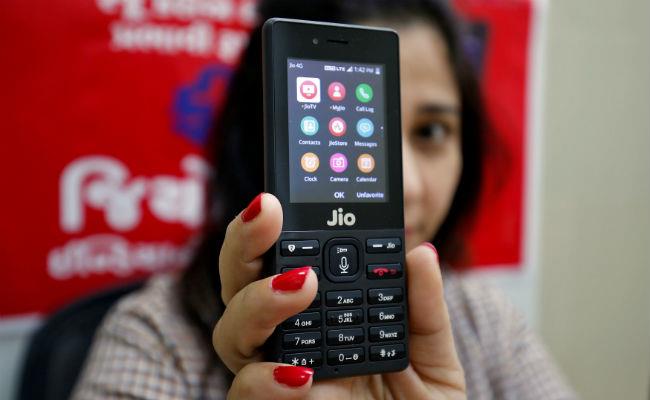January 25, 2018
Brief Scorecard: India 187 and 49 for 1 (Parthiv 16) lead South Africa 194 (Amla 61, Philander 35, Rabada 30, Bumrah 5-54, Bhuvneshwar 3-44) by 42 runs

India kept South Africa's lead down, and then made a decent start to their second innings.
January 25, 2018
Brief Scorecard: India 187 and 49 for 1 (Parthiv 16) lead South Africa 194 (Amla 61, Philander 35, Rabada 30, Bumrah 5-54, Bhuvneshwar 3-44) by 42 runs

India kept South Africa's lead down, and then made a decent start to their second innings.
JOHANSBURG – The Wanderers Test was now a one-innings shootout on a treacherous surface, and India had their noses well ahead, ending day two 42 ahead with nine wickets in hand. Hashim Amla put on a clinic on how to bat on a tough pitch, he got support from 30s from nightwatchman Kagiso Rabada and Vernon Philander, but Japsrit Bumrah and Bhuvneshwar Kumar combined to keep the first-innings deficit down to seven. If South Africa had a slender lead, they were also looking at the prospect of having to bat last on a pitch getting increasingly uneven to go with the seam movement.
Awed with some of Virat Kohli's stroke-play, the other half-centurion for India Cheteshwar Pujara said Kohli played some shots not many could have played on this pitch with extravagant bounce and seam movement. On day two, Amla batted with the control of Pujara and the flair of Kohli. While Amla's control percentage according to Crcinfo's logs was only marginally under Pujara's, but a lot of time Pujara was only leaving balls. Nobody scored more in-control runs in this Test than Amla's 49.
Pujara also said if anybody got a hundred on this track, it would have been a brilliant innings. It would need more than individual brilliance: partners to bat with him. When Amla fell for 61, he was the seventh wicket. After his 64-run partnership with Rabada, this seventh-wicket stand with Philander was only the second time Amla had some support in the innings. For a while it did seem Bhuvneshwar, too, was going to run out of support, especially when Rabada and Amla followed up a 23-run first hour with 52 in the second.
In Bhuvneshwar's first spell of 6-5-1-1, a wicket seemed likelier to arrive than a run. One wicket did arrive too, after 17 balls of toying around with Dean Elgar's edge, Bhvuneshwar finally hit the willow. Parthiv Patel was switched on this Test, diving to his left to complete the catch. Rabada and Amla then rode through the tough period before targeting Mohammed Shami and Bumrah. Rabada even played the Amla-in-the-mirror flick from the line of off for a four to square leg.
Not for the first time on the tour, Shami let India down. The first overs of each of his spell brought a release of pressure: he began with five wides in his first, and short and wide in his second and third. In a Test that scoring runs has involved a lot of risk, Shami went at 3.83 an over, and yet bowled only two overs fewer than the much more impressive Ishant Sharma.
It was Ishant who broke the threatening partnership between Amla and Rabada minutes before lunch. It was Ishant who supported Bhuvneshwar in his first spell after lunch. This was a spell in which Bhuvneshwar cleaned up AB de Villiers, five runs after he had survived an lbw shout from Ishant where a review could have sent him on his way. This is when India needed a good follow-up act.
When Bumrah was introduced in the middle of the afternoon, South Africa were 97 for 4. Amla was batting like a dream, and India were still behind the game. They couldn't have afforded a repeat of the hour Bumrah and Shami had given them in the morning. Bumrah made sure it didn't happen. He bowled with pace and he hit the pitch hard, extracting all the unevenness out of the pitch. Faf du Plessis was gone shouldering arms, Quinten de Kock looking to drive on the up, repeating the mistake de Villiers made. At 125 for 6, India were ahead now, but there was still Amla.
Batting here remained a game of heightened awareness, concentration, a higher level of risk than usual, and a lot of luck. On such a track Amla was going at better than a run every two balls. His shuffle was even more pronounced in this innings, getting closer to balls seaming away and also giving him access to the leg side. On more than a few occasions India tried to go behind his legs, but Amla kept hitting those balls to fine leg and square leg. Driving here has been the most difficult shot but Amla is somebody who can do without having to come forward to drive. He kept punching off the back foot.
The support Amla needed came from Philander. The two added 44 for the seventh wicket. Philander pulled the short ball with authority, and played the push drive well. Shami was again their victim, but eventually Bumrah's attempt to go behind Amla's legs succeeded. Not in the desired manner, though. Amla had this straight ball covered, but it stopped a touch and the flick went in the air and straight to square leg three-fourths of the way to the boundary.
Philander soon fell to the hook off the bowling of Shami, and Bumrah took the wickets to Andile Phehlukwayo and Lungi Ngidi to complete his five-for. India would have noticed South Africa didn't survive much better than them, but went at close to three an over as opposed to India's 2.42. They followed the lead, and snuck in a quick 16 from Parthiv Patel in the second innings even before the openers came together. KL Rahul and M Vijay then batted assuredly, adding 32 in 12 overs as South Africa continued to miss their targets: bowling too wide and too short to take the edges.
Courtesy/Source: ESPNCricinfo







































































































